Examples of Noise Painting Techniques
Stable Diffusion as a medium: Noise painting is a technique that involves using a logographic shorthand to derail the denoising methods and training data used by diffusion models, in order to get either a more vibrant or more tightly controlled piece of art. It gets there by assembling more complicated noise patterns that force the computer to work harder. Using this technique, or techniques like it, you can make an art ai create more interesting textures, shading, or even assets that would not or simply could not appear from the reference data alone, in a standard use case.
The fun of noise painting is that you're not trying to create a final piece with the image itself. They're supposed to be raw, and only contain the markers the machine needs to know what you're talking about. Shorthands for backgrounds, textures, hair, and so on. All of these noise paints were made using Clip Studio Paint and older (long story on the reasoning) adobe products.




















